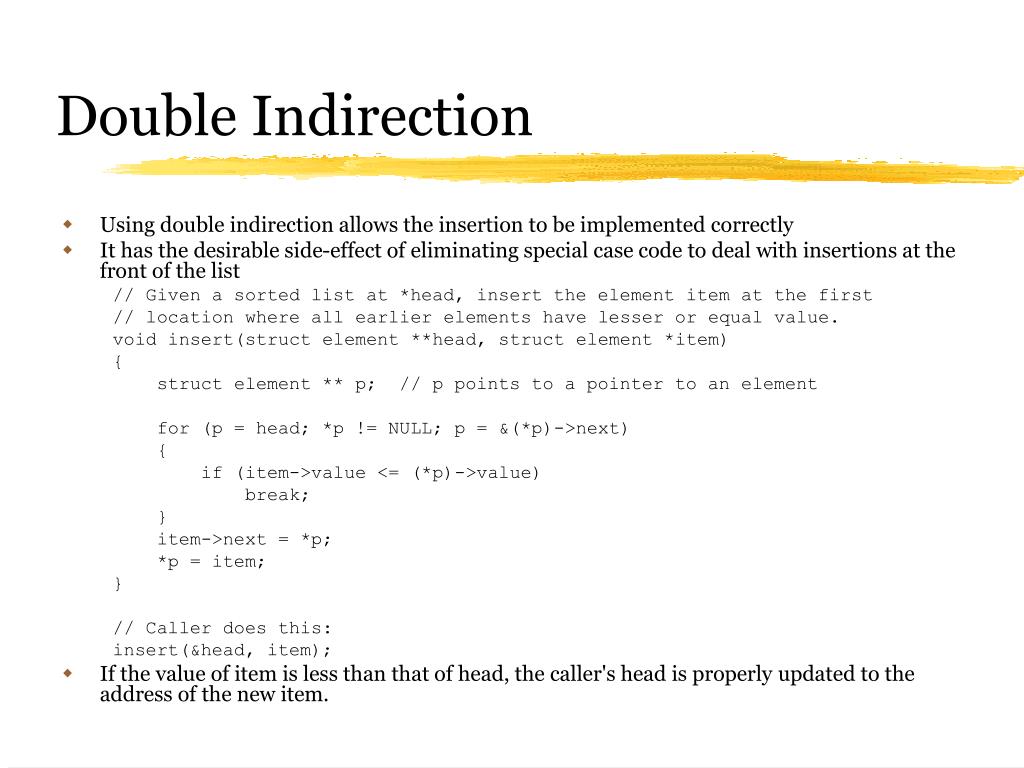

The kind of laboratory scale experiments supported by this work will help us to better understand the connection between imaged conductivity anomalies and the groundwater or contaminant flow that causes them.

Groundwater movement resulting from a leak or surface spill will produce measurable conductivity changes that have been imaged using ERT or EIT. With the aid of a computer-based numerical inversion scheme, the potentials are used to solve for the electrical conductivity distribution in the region bounded by the electrode arrays. These tomographic methods involve passing currents (DC or AC) between two electrodes within or between electrode arrays while measuring the electric potential at the remaining electrodes. With LDRD funds we have explored what can be initially learned about porous flow and transport using two important electrical imaging methods-electric resistance tomography (ERT) and electric impedance tomography (EIT). The electrode system was immersed in a 10,000-gallon tank to evaluate the fundamental relationship between ERT images and targets of a given volume that approximate infiltration-induced conductivity anomalies. To this end, a scaled system of electrode arrays was constructed that simulates the subsurface electrode distribution used at the LLNL Vadose Zone Observatory (VZO) where subsurface imaging of infiltration events has been investigated for several years. The main objective of this feasibility study was to initiate research on electrical imaging not just as a way to characterize the soil structure by mapping different soil types at a site but as a means of obtaining quantitative information about how a site will respond hydrologically to an infiltration event. In fact, there is some question that tomographic imaging of soils alone can even provide meaningful values of hydraulic properties, such as the permeability structure, which is critical to more » estimates of contaminant transport at a site.

While this information can be potentially useful in developing hydrologic models of the subsurface that are required for contaminant transport investigations, an image alone of the subsurface soil regime gives little or no information about how the site will respond to groundwater flow or contaminant transport. Subsurface imaging technology, such as electric resistance tomography (ERT), is rapidly improving as a means for characterizing some soil properties of the near-surface hydrologic regime.


 0 kommentar(er)
0 kommentar(er)
